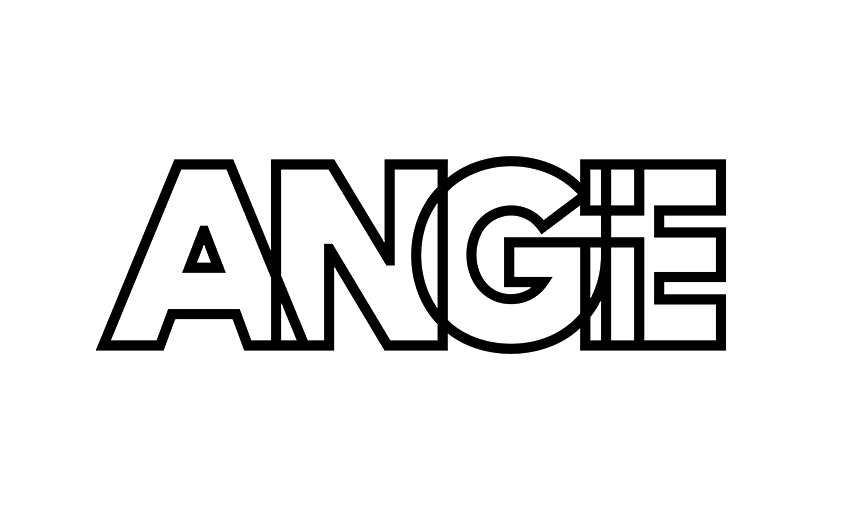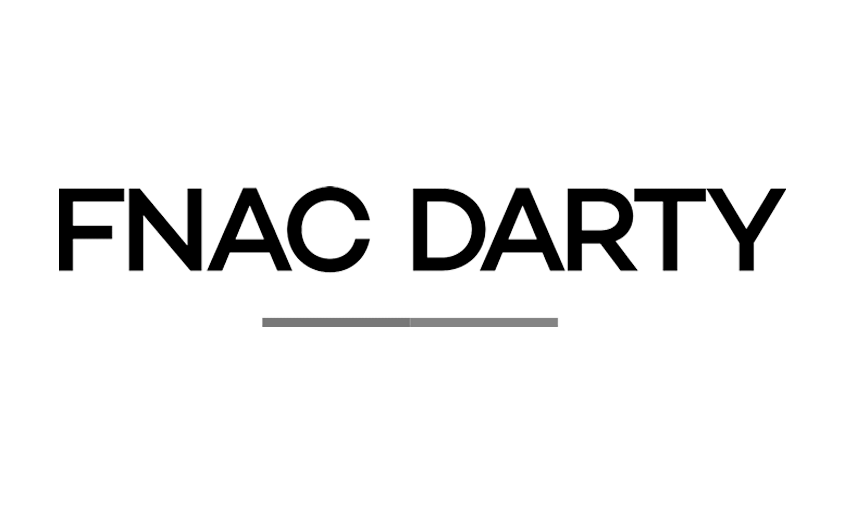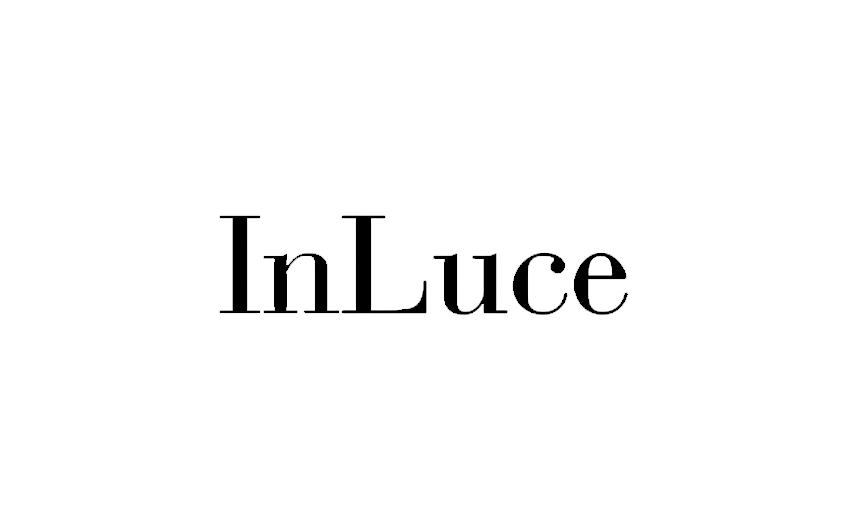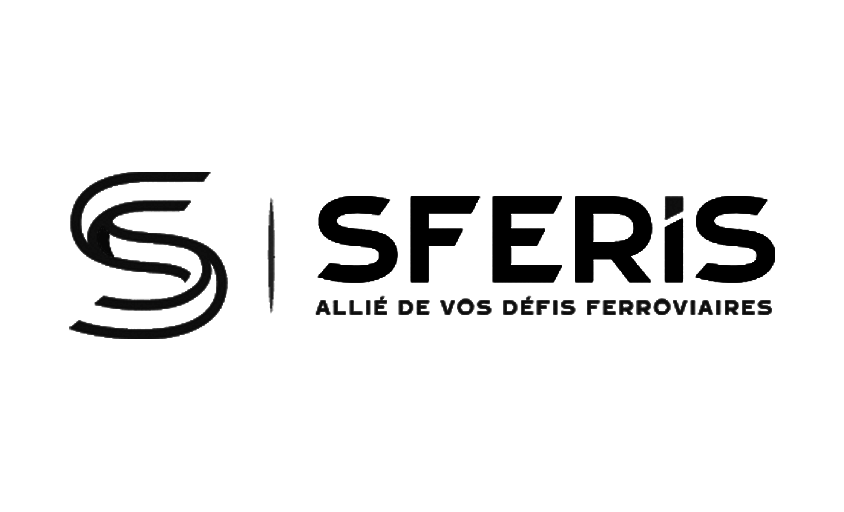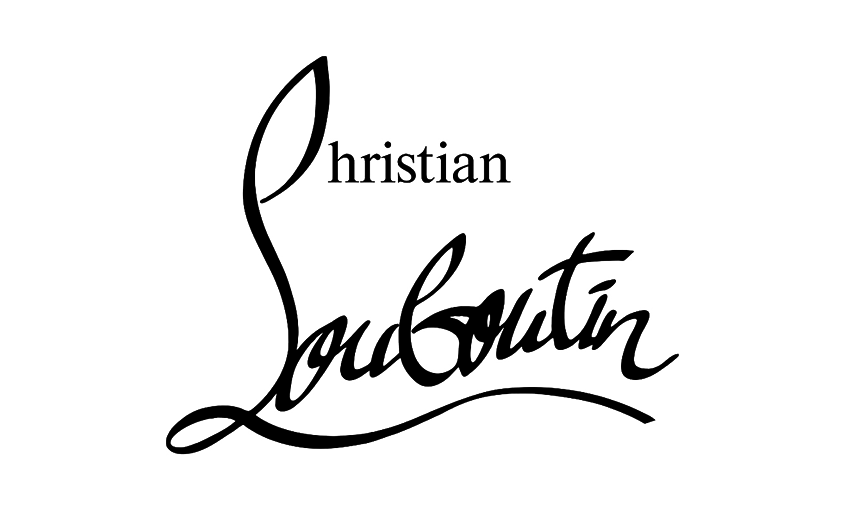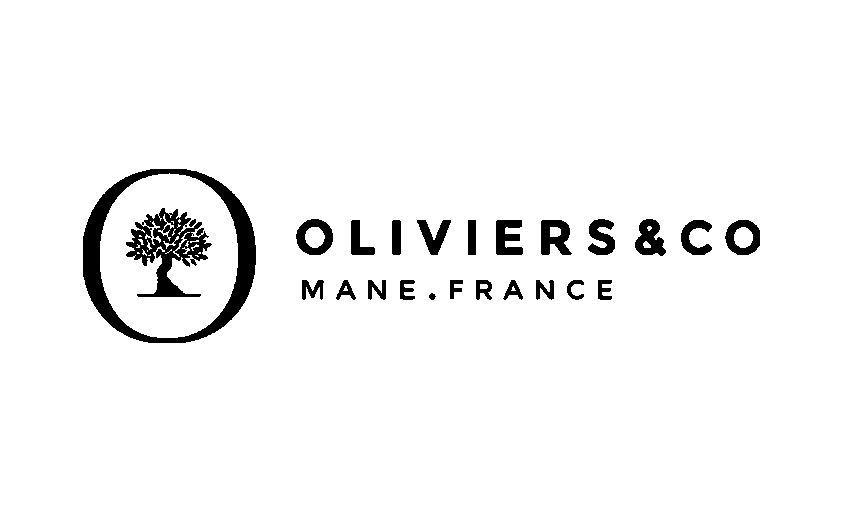Opacity
In this article :
Opacity, a term borrowed from the field of physics and widely used in the visual arts, particularly in graphic design and photography, refers to the degree of an element’s transparency. It measures how much a surface blocks light, ranging from completely transparent to fully opaque. This characteristic plays a crucial role in creating and manipulating images, affecting perceptions of depth, texture, and the relative importance of different elements in a composition.
The Role of Opacity in Visual Composition
Opacity directly influences how elements interact within an image. By adjusting the opacity of a layer or graphic element, designers and photographers can create overlay effects, direct attention to specific areas of the image, or balance the overall composition. This control helps refine both the visual and emotional impact of the work.
Techniques and Applications
In digital media, opacity is often adjusted using image-editing or graphic design software such as Photoshop. This manipulation is essential for a wide range of tasks, from photo correction to web design. For example, it can allow text to be seamlessly layered over images, or multiple images to be merged for artistic or narrative effect.
Opacity and Visual Perception
Opacity influences the perception of colors and shapes, shaping how an image is interpreted by the viewer. A semi-transparent element can evoke lightness, movement, or a sense of temporality, whereas a fully opaque element can emphasize presence or importance. These subtleties are often used to guide the viewer’s gaze, establishing visual or emotional hierarchies within the composition.
Conclusion
Opacity is a fundamental component of visual communication, offering creators a wide range of expressive possibilities. Mastering it allows artists to direct attention, convey specific moods, and enrich the visual language of their work. Whether in photography, graphic design, or any other creative field, understanding and effectively applying opacity is essential for producing compelling and meaningful compositions.
Jérémy Carlo is the editorial director at Rétines, where he ensures the consistency and clarity of all content produced by the studio.
Our Clients
Let’s discuss
What we do for you at Rétines
Meticulous work, an organised project and fast delivery. And to achieve this, we mobilise the right resources in our teams at the right time.
01
Pre-production
Artistic and technical direction tailored to the project.
Relevant recommendations on content, form and resources.
02
Photo Shooting
Photos taken by our experienced photographers.
Production that’s controlled, efficient and tailored to the needs of the project, with nothing superfluous.
03
Retouching
Technique
Photographs magnified by our retouching team.
Post-production to meet the commercial challenges of the brief.


